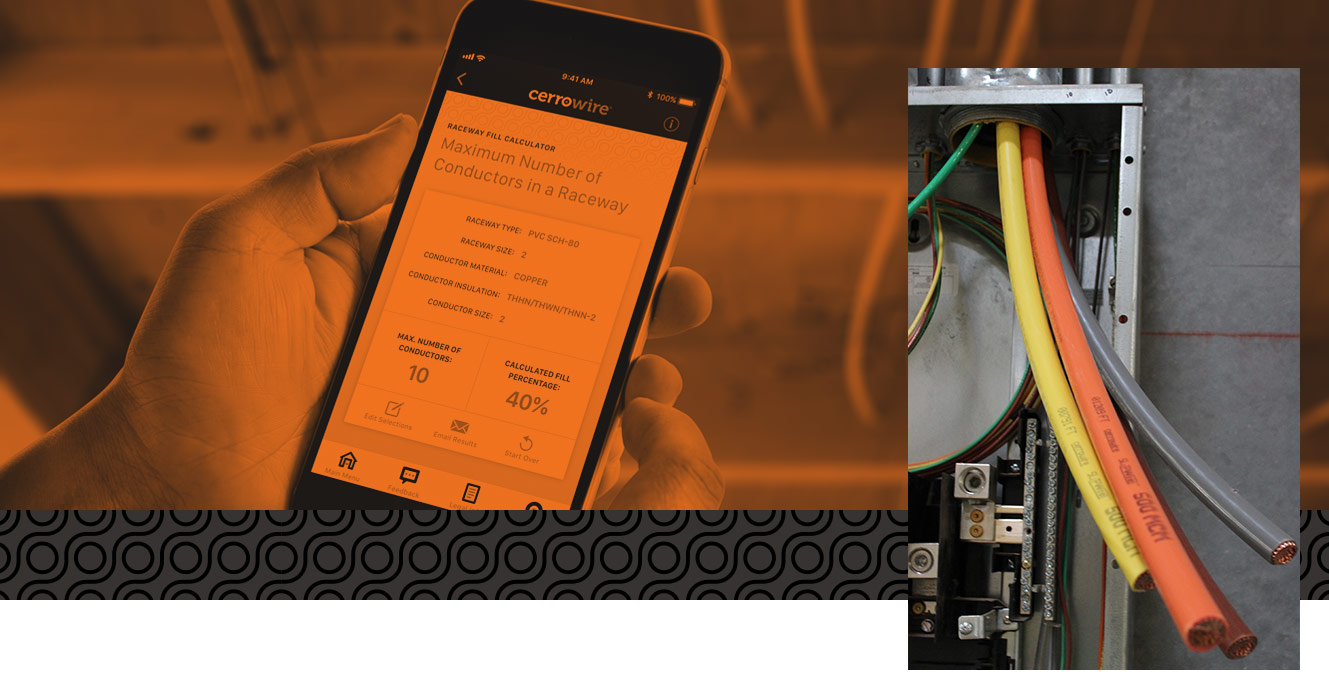How far is the HPWC going to be from the subpanel? If it is going to be right next to it, get wire that supports the full 80A since you already have that from the sub panel to the main panel. I don't think there would be an issue with a 60A breaker protected by an 80A one and it would allow you some flexibility in the future to add a sub panel with more spots if you have all 4 wires available (may require more wire pulled). If you have 40ft from the subpanel to the HPWC then it might be different but if it's a foot, go as big as you can (4ga) and definitely swap out the subpanel breaker for 60A. Last thing you want is for your HPWC to have a problem and be able to draw 80A before a breaker trips.
He isn't installing an HPWC (gen 1/2 Wall Connector), but a gen 3 Wall Connector that can draw 48 amp max. That said, you can't go wrong by oversizing the wire, as long as it fits correctly in the terminals.



